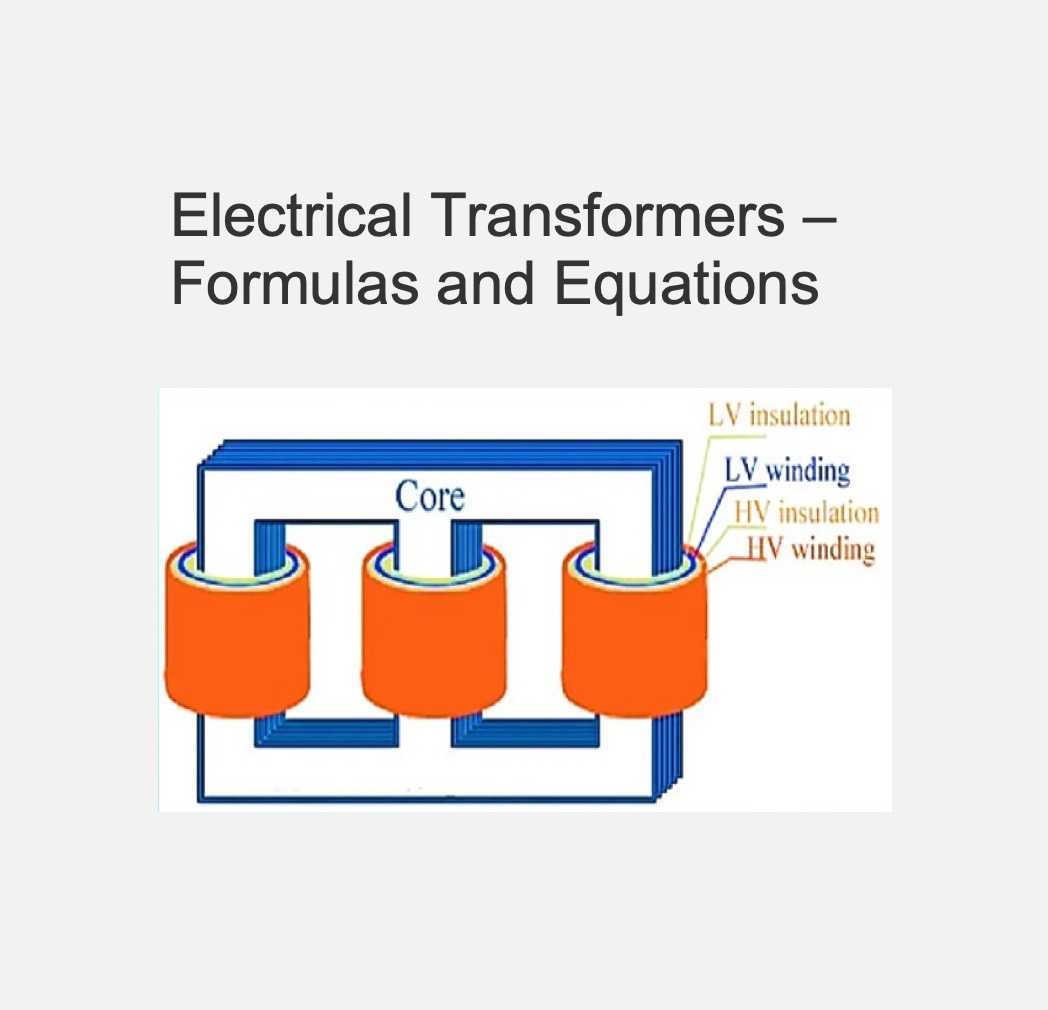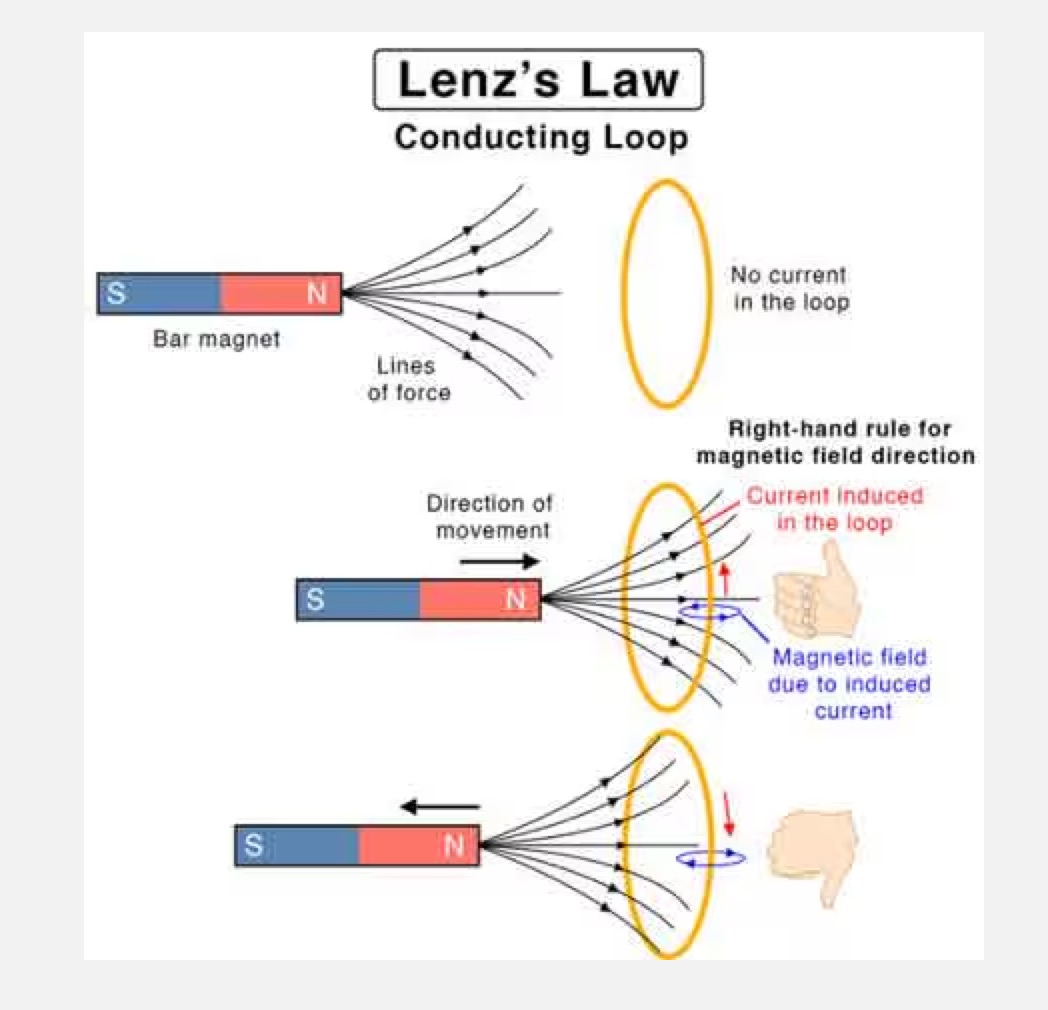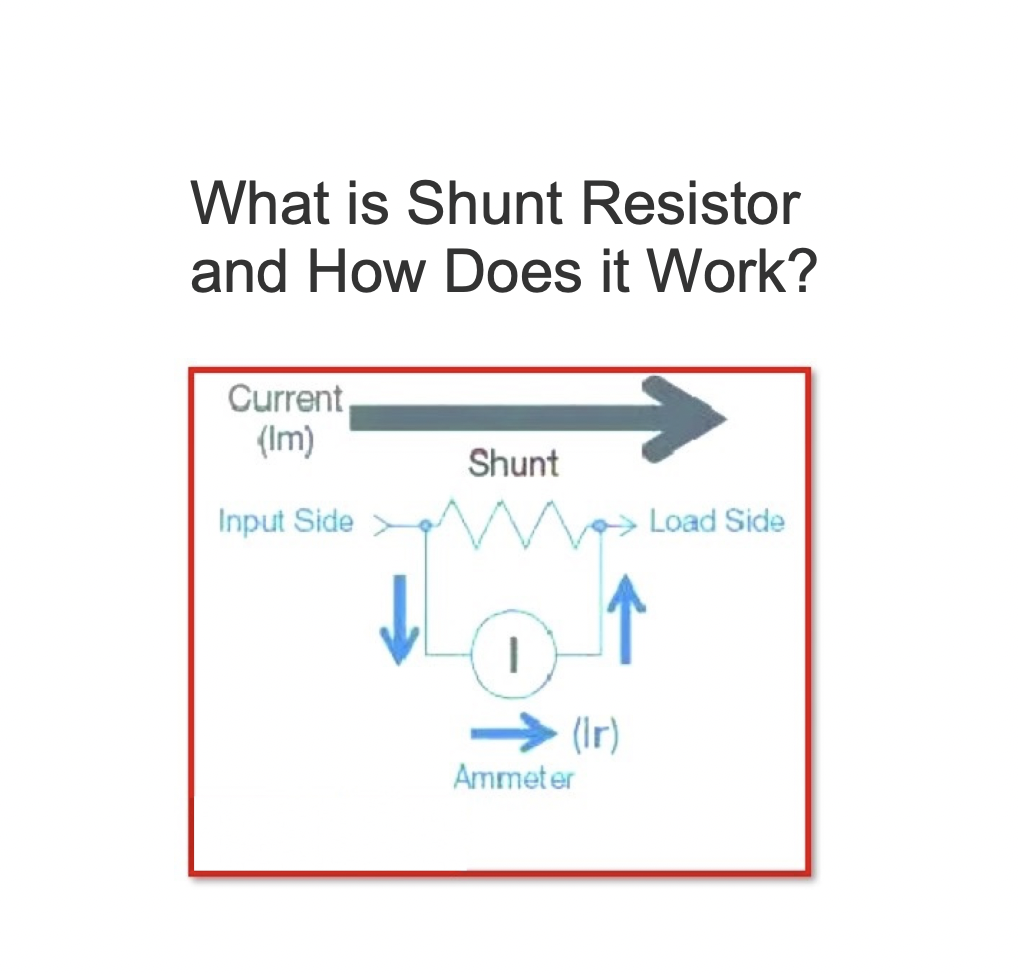State Joule’s Law
Joule’s Law:
According to Joule’s Law, when a current flows in a conductor, the amount of heat generated is proportional to the current, resistance, and time in the current flowing.
Joule’s law of Heating:
The unit of Joules is used to measure the amount of heat generated by the movement of current in an electric wire. Following is a description of how Joule’s law is represented mathematically and explained.

When the electrical resistance of the wire and the time the current is flowing are constant, the quantity of heat created in a current-conducting wire is proportional to the square of the amount of current that flows through the wire.
H α I2
When the current in the wire and the time the current is flowing are constant, the amount of heat generated is proportional to the electrical resistance of the wire.
H α R
When both the electrical resistance and the amount of current are constant, the amount of heat produced by the flow of current is proportional to the length of time it flows.
H α t
When these three factors are combined together
W or H = I2 X R X t
Where,
W = Work done by energy
H = Heat
I = Current
R = Resistance and
t = Time (Duration of the current’s flow)

As an electrical engineer with 5 years of experience, I focus on transformer and circuit breaker reliability in 110/33-11kV and 33/11kV substations. I am a professional electrical engineer with experience in transformer service and maintenance.




